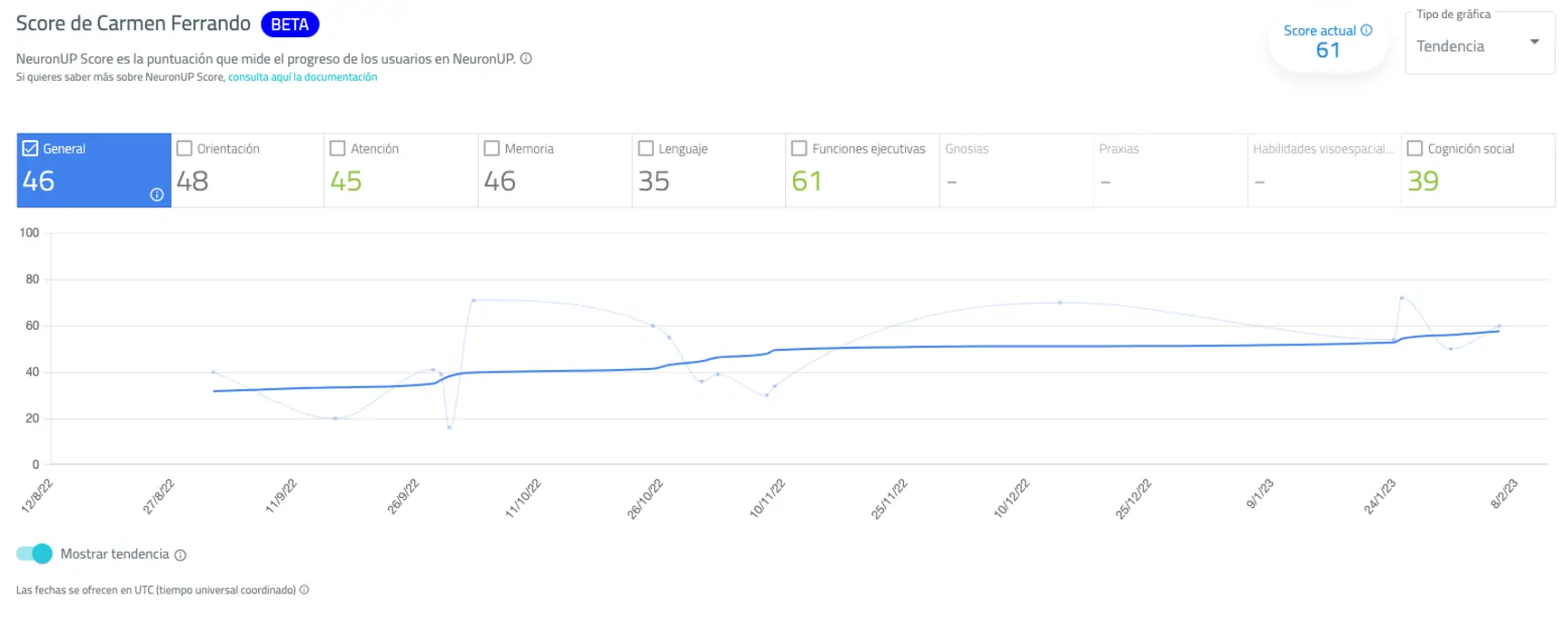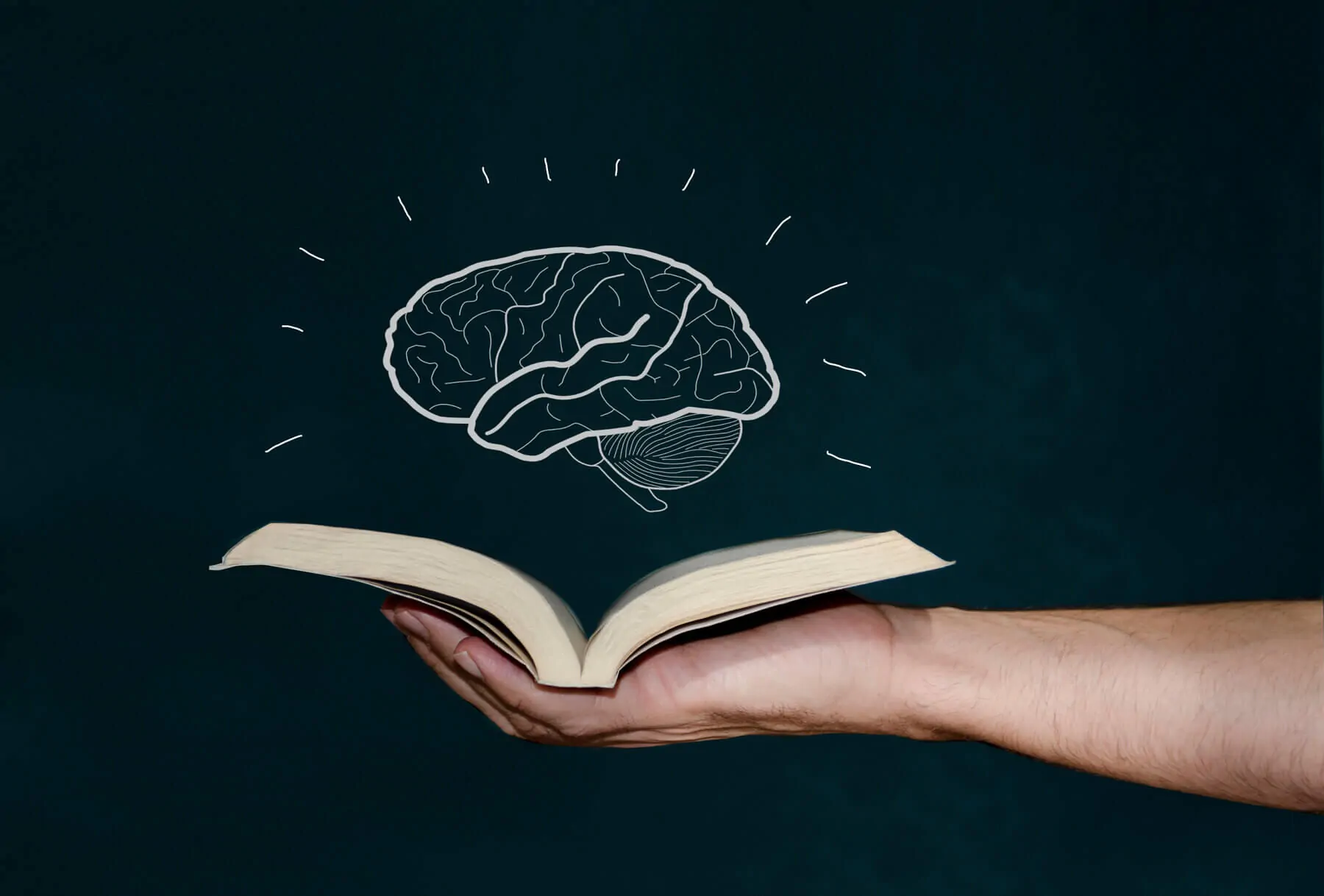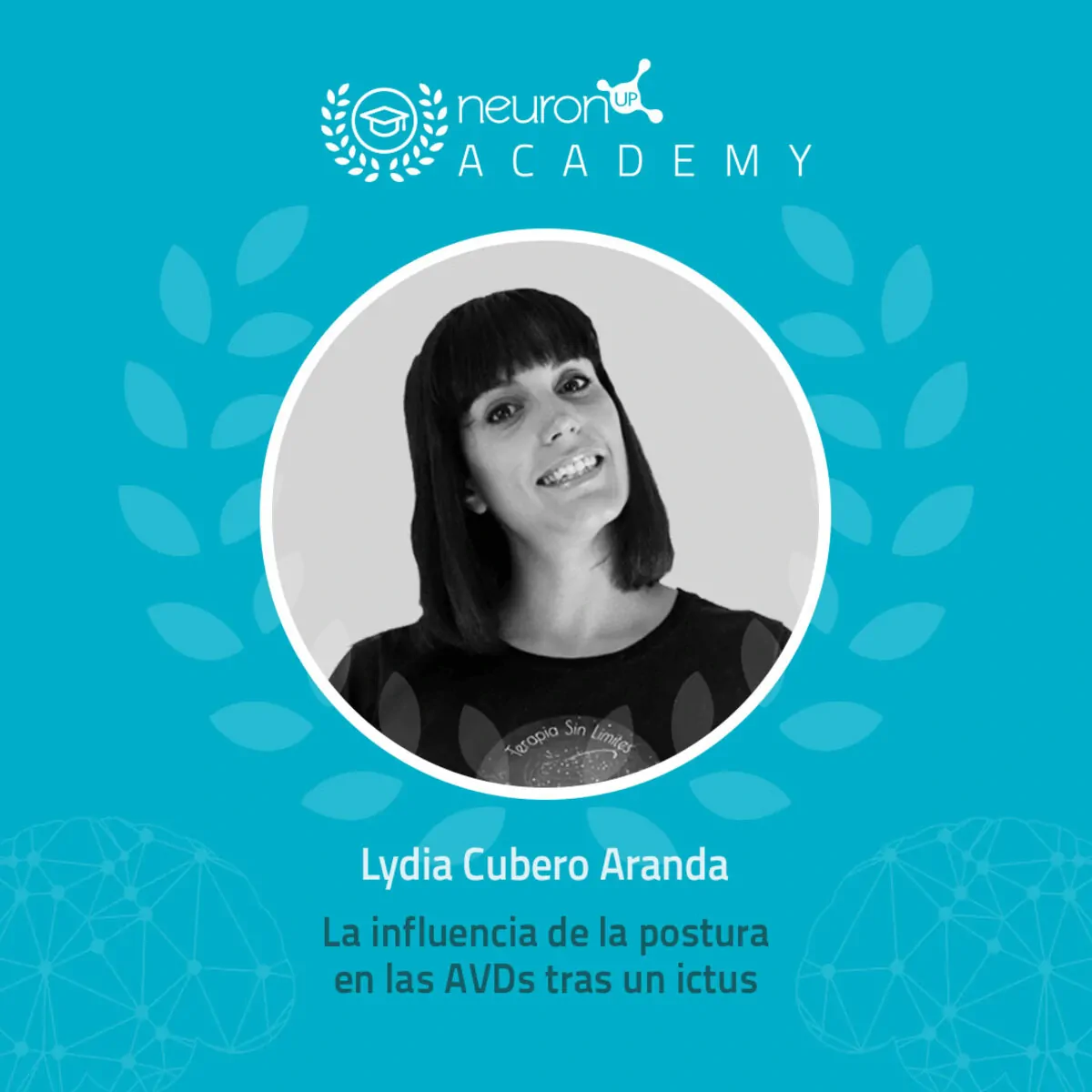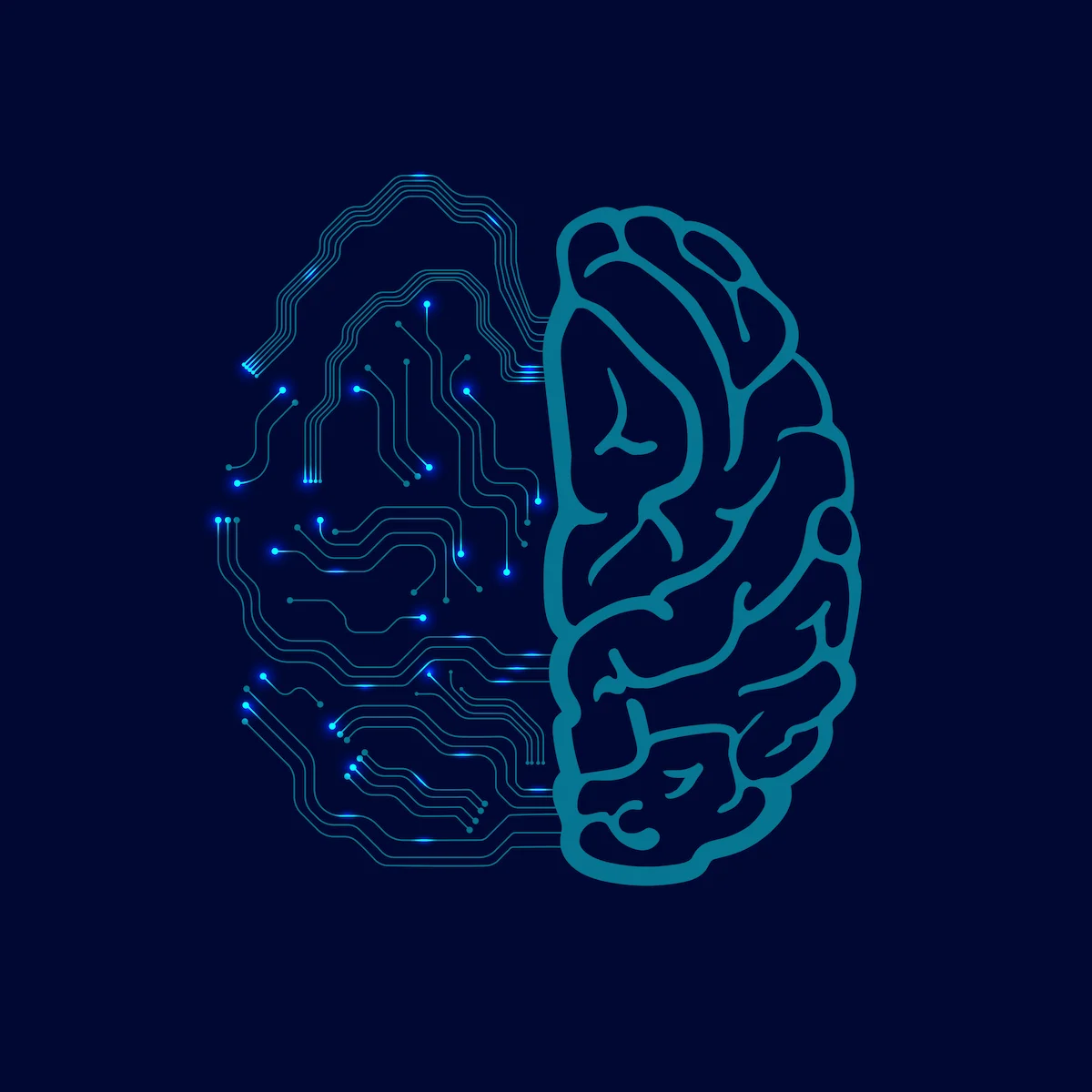In this article we explore in depth adrenoleukodystrophy (ALD), providing a review of its genetic origin, its clinical manifSeasons, its diagnosis and treatment, and especially, its neuropsychological impact.
What is adrenoleukodystrophy (ALD)?
Adrenoleukodystrophy (ALD) is a rare, progressive genetic disease that primarily affects the nervous system and the adrenal glands. Specifically, it affects both the spinal cord and the brain, causing damage to the myelin, the protective layer that surrounds neurons. It is an X-linked hereditary disorder that mainly affects males, although female carriers may experience mild symptoms.
ALD is characterized by the accumulation of very long-chain fatty acids (VLCFAs) in various body tissues (such as the brain, spinal cord and adrenal glands), which damage the myelin, a substance crucial for the efficient conduction of nerve impulses.
This disease has different variants, the most severe being childhood cerebral adrenoleukodystrophy, which manifests during childhood and progresses rapidly.
Adrenoleukodystrophy has become a topic of interest both for neuropsychology specialists and for healthcare professionals in general, due to its complex clinical manifSeasons and its devastating impact on the lives of affected people.
Genetic causes of adrenoleukodystrophy (ALD)
Adrenoleukodystrophy is caused by mutations in the ABCD1 gene, located on the X chromosome, which encodes the protein responsible for transporting very long-chain fatty acids (VLCFAs) into peroxisomes. This mutation prevents the protein from functioning correctly, causing the accumulation of VLCFAs in the body.
Because males have only one X chromosome, a mutation in this gene generally results in the manifestation of the disease. In the case of females, having two X chromosomes allows them to compensate for a mutation in one of them. This also explains their milder involvement.
Clinical manifSeasons of adrenoleukodystrophy (ALD)
Adrenoleukodystrophy manifests in diverse ways, each with its own set of symptoms and a different progression. However, the main manifSeasons of this rare genetic disease are childhood cerebral adrenoleukodystrophy, adrenomyeloneuropathy (AMN) and adrenal insufficiency (Addison’s disease).
Childhood cerebral adrenoleukodystrophy (childhood cerebral X-ALD)
Childhood cerebral adrenoleukodystrophy (childhood cerebral X-ALD) represents the most severe form of adrenoleukodystrophy (ALD) and affects only children.
It typically appears between 4 and 10 years of age, with early symptoms that usually include behavioral disorders, such as lack of attention or hyperactivity, learning difficulties, coordination problems and loss of vision or hearing.
As the condition progresses, children may experience seizures and severe cognitive decline, even entering a vegetative state.
Without treatment, childhood cerebral X-ALD can result in the death of affected children within 2 to 5 years from the onset of symptoms.
Adrenomyeloneuropathy (AMN)
Adrenomyeloneuropathy (AMN) is the most common form of adrenoleukodystrophy in adults. In this case, symptoms usually appear between 20 and 40 years of age, causing stiffness, leg spasticity and loss of balance in those affected.
Although symptoms progress more slowly than in childhood cerebral adrenoleukodystrophy (childhood cerebral X-ALD), they can eventually prevent mobility and the ability to walk over time, resulting in significant physical disability.
Adrenal insufficiency (Addison’s disease)
Many patients with adrenoleukodystrophy also develop adrenal insufficiency or Addison’s disease, a condition characterized by the inability of the adrenal glands to produce sufficient amounts of essential hormones, such as cortisol and aldosterone.
Adrenal insufficiency or Addison’s disease presents with extreme fatigue, weight loss, low blood pressure, skin hyperpigmentation and adrenal crises that can lead to death if not treated.
How to diagnose adrenoleukodystrophy (ALD)
Diagnosing adrenoleukodystrophy can be challenging due to the variability of symptoms and the course of the condition. Therefore, early diagnosis is key to starting treatment before irreversible neurological damage occurs.
Blood tests and genetic testing
The first step in diagnosing adrenoleukodystrophy is performing blood tests to measure levels of very long-chain fatty acids (VLCFAs). A high level of these fatty acids is a clear indicator of this disease.
Magnetic resonance imaging (MRI)
Magnetic resonance imaging (MRI) is an essential tool to assess the degree of brain involvement in patients with adrenoleukodystrophy, since images make it possible to identify the demyelinated areas of the brain, a hallmark of childhood cerebral adrenoleukodystrophy (childhood cerebral X-ALD).
Neurological tests and neuropsychological assessments
On the other hand, neurological tests and neuropsychological assessments are crucial to determine the impact of adrenoleukodystrophy on the patient’s cognitive and motor function.
These assessments may include memory, attention, executive function and fine motor skills tests, the results of which help healthcare professionals develop a treatment plan tailored to the specific needs of each patient.

Subscribe
to our
Newsletter
Effective treatments for adrenoleukodystrophy (ALD)
Unfortunately, at present there is no cure for adrenoleukodystrophy, although different treatment options have been developed that can slow the progression of this rare genetic disease and improve the quality of life of those affected. These include:
Bone marrow transplant
The bone marrow transplant, or hematopoietic stem cell transplant, is the only treatment for adrenoleukodystrophy that has been shown to be effective in stopping the progression of childhood cerebral adrenoleukodystrophy (childhood cerebral X-ALD) if performed in the early stages of the disease.
The transplant involves replacing defective cells with healthy donor cells, once again allowing the production of functional proteins that can break down very long-chain fatty acids (VLCFAs). However, this treatment carries significant risks and is not suitable for all patients.
Gene therapy
Gene therapy for adrenoleukodystrophy is one of the most promising areas of research into adrenoleukodystrophy and consists of introducing a functional copy of the ABCD1 gene into the patient’s cells to correct the genetic deficiency.
It is an innovative treatment that is still in experimental stages, although preliminary results have been encouraging and could offer a viable option for patients in the future.
Treatment of adrenal insufficiency
Many patients with adrenoleukodystrophy develop adrenal insufficiency, which implies a deficiency in the production of vital hormones such as cortisol. To address this symptom, hormone replacement therapy is used, which generally includes corticosteroids such as hydrocortisone or prednisone, with the aim of balancing hormone levels and preventing adrenal crises.
Physical therapy and rehabilitation
Neurological damage caused by adrenoleukodystrophy can lead to muscle weakness, spasticity and mobility problems.
To counter these effects, physical therapy plays a fundamental role in the symptomatic treatment of the disease, as it helps affected individuals cope with the physical and neurological complications that arise as the condition progresses.
Because adrenoleukodystrophy primarily affects the central nervous system, the main purpose of rehabilitation is to optimize the patient’s functional abilities and slow the progression of physical symptoms.
Specific goals include:
- Maintaining mobility: since adrenoleukodystrophy can cause progressive muscle weakness and spasticity, rehabilitation aims to prevent joint stiffness and preserve range of motion.
- Improving balance and coordination: As the disease advances, those affected may experience coordination and balance problems that could be reduced or mitigated through specific exercises.
- Muscle strengthening: Strengthening exercises are essential to improve muscle tone and prevent loss of strength, allowing greater autonomy in daily activities.
Some effective therapies for the rehabilitation of this condition are physical therapy, occupational therapy, speech therapy and hydrotherapy.
Neuropsychological impact of adrenoleukodystrophy (ALD)
One of the most devastating aspects of adrenoleukodystrophy is its impact on the brain and, therefore, on the patient’s cognitive and psychological function. This impact varies according to the form of the disease and its progression, but may include cognitive decline, behavioral problems and emotional disorders.
Cognitive decline
Cognitive decline is common in childhood cerebral adrenoleukodystrophy and may include difficulties with attention, memory and executive function. Children may experience a rapid decline in school performance and lose previously acquired skills. In adrenomyeloneuropathy, cognitive decline is usually more gradual, but can still significantly affect the patient’s quality of life.
Behavioral problems
Behavioral problems are often one of the first signs of adrenoleukodystrophy in children. These may include irritability, aggression, impulsivity and mood swings. These symptoms can be difficult to manage for both patients and their families and may require psychological intervention.
Emotional disorders
The diagnosis of adrenoleukodystrophy and the progression of this rare genetic disease can lead to emotional disorders such as anxiety, depression and post-traumatic stress. These disorders are common in both patients and their caregivers and may require specialized psychological treatment.
Neuropsychological interventions
Neuropsychological interventions are essential to manage the cognitive and emotional impact of adrenoleukodystrophy. These may include cognitive-behavioral therapy to address emotional issues, cognitive rehabilitation programs to improve cognitive function, and psychosocial support to help families cope with the challenges of the disease.
Research and future perspectives of adrenoleukodystrophy
Research on adrenoleukodystrophy (ALD) has advanced significantly in recent decades, generating new perspectives for its treatment.
Because of its complexity, the scientific community is focused on developing therapies that not only manage symptoms but also target the genetic root of this condition. Evidence of this are the numerous clinical trials around the world testing new treatments and improving existing therapies.
Collaborations between medical and biotech institutions are accelerating the development of innovative approaches that could change the course of the disease in the coming years.
If you liked this article about adrenoleukodystrophy, you will surely be interested in these NeuronUP articles:
“This article has been translated. Link to the original article in Spanish:”
Deconstruyendo la adrenoleucodistrofia







Leave a Reply